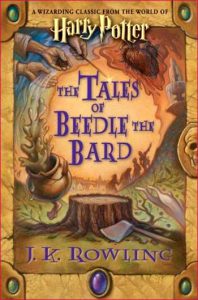SUMMARY
Erin Tierney has been married to her husband, Kevin for years, and for every one of them, he’s been physically and emotionally abusing her. She finally manages to escape him through careful planning. She changes her name to Katie Foreman and flees to the small town of Southport, North Carolina. Her house is shabby, and her waitress job pays little, but she isn’t complaining. Visits to the general store introduce her to Alex, a widowed father of two children. A romance forms between the two of them—but Kevin is searching for Erin.
REVIEW
I have read several Sparks books before, and this one is probably my favorite. It is not particularly stunning in any regard, especially not the romance. It can hardly be called terrible, but it isn’t a classic fairytale or anything. It’s kind of what you expect when you have four/five different plots going on in one book and one of them is romance—not the worst, but you have to squeeze it in with everything else, and in the end, you’d be lucky if it didn’t end up rushed. It’s awkward introductions, then awkward conversations, slowly warming up, and then love. Pretty much what you would expect.
The ending of the novel is actually very suspenseful, as it bounces from one character to another. Knowing Sparks’ tendency for bittersweet endings, it can definitely be concerning. And the ending actually is bittersweet, but it wraps up everything nicely enough. The thing I enjoyed best in the book was the detail and images. They were all wonderfully detailed, and though it does go overboard at points—like this one scene where a character says “let’s sit on this bench,” followed by a full paragraph describing the bench and its origin—I could imagine everything perfectly.
Something that I also praise the book for is its handling of Kevin’s character. Though we are not at all meant to sympathize with him, we are terribly reminded that he’s human. That is, his moments of actual affection for Erin, followed by his need to hurt or kill her, makes him all the scarier. The fact that he’s actually pretty smart also makes him a genuine threat.
There’s a twist in the book that is very divisive for those who have read it. Some think it’s genius and came out of nowhere, others think it was obvious and ruined almost everything. It did not ruin the whole book for me, but I can say that it was certainly unnecessary. It’s a twist for the sake of having a twist; it doesn’t further the plot, and it only has one effect. It also raises a couple of plot holes, but nothing unforgivable. The fact that this subplot is wrapped up last also kind of feels like it was a loose end that had to be tied up.
If you’re looking for a standard boy-meets-girl love story, this one will suit you just fine. It has romance, it has beautiful images, and the emotional tension that you need. I guess the most I can say is that you’d find more than you were looking for, but it may be that you can brush these things away in favor of the good of the story.
